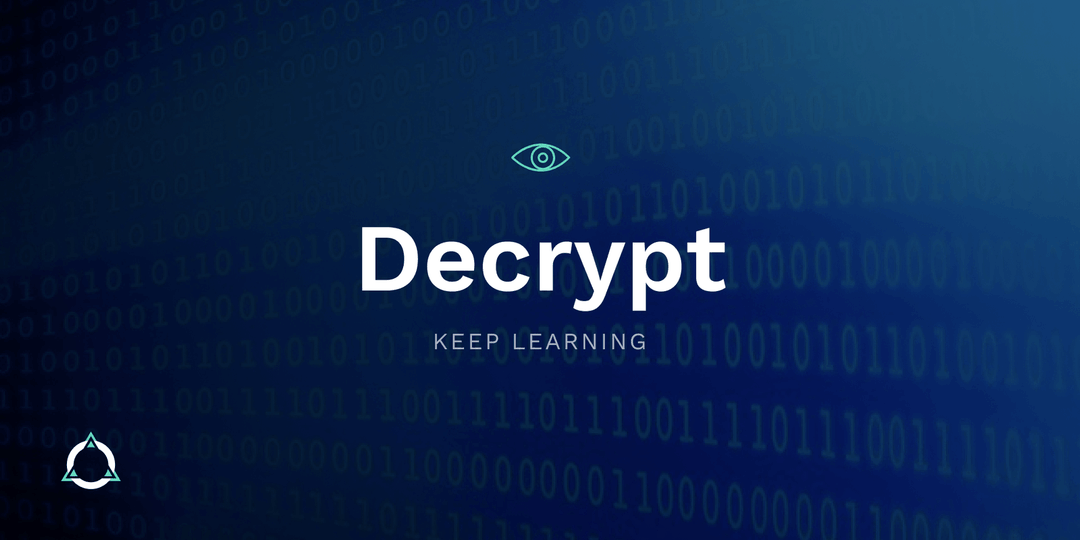Tokenomics: An Introduction to the Foundation of a Cryptocurrency

Tokenomics is a fascinating field relating to the creation, management, and distribution of cryptocurrencies. What this means effectively, is that now anyone has access to the framework and tools to theoretically make their own digital currency.
People coming in from a lifetime of being around and using fiat currency will find a uniqueness to the many types of tokens available and their functions in comparison. In contrast to centralized fiat currencies that bind a population to their governing nations or regional economic entities, cryptocurrencies and their corresponding tokenomics models enable the development of micro-economies that ensure a more decentralized and equitable financial model for their users.
The incentivization processes for tokens are tied directly into the networks themselves utilizing Blockchain technology, which is a shared, immutable ledger for recording transactions and tracking assets. Supplying or distributing the token, issuance, is how token projects dictate how much of their currency is out there while the blockchain consensus mechanisms of Proof-of-Work (PoW) and Proof-of-Stake (PoS) each dictate what the block rewards will be for their miners or validators, respectively. In the case of Bitcoin, “Issuance halving every 4 years until a maximum supply of 21 million” is easy to understand and shows the deflationary nature of the token as it has a maximum supply.
Opposing this is the inflationary style of tokens, like Ethereum, which do not have a hard cap and can continue to be produced as time goes on. Risks associated with these types of tokens can be offset with burning mechanisms, in which tokens are destroyed forever, that have a reciprocal relationship with the utilization of the asset to prevent devaluation. An additional concern with inflationary tokens stems from the high percentage reward allocation of tokens in comparison to the overall supply, which can cause devaluation over time if demand doesn’t keep up with supply, there is no use model for the token, and other factors. For example, tokens of DEXs (Decentralized Exchanges) and AMMs (Automated Market Makers) must incentivize liquidity providers but also need to find a way to increase the demand of the token, the extent to which they do will ultimately show the overall sustainability of the model.
The most common types of tokens used are for governance, security, and utility. Depending on the organization, the purpose of these tokens can help with voting proposals, paying gas fees, or staking the token for benefit. Token projects are not limited to one token or how many uses it has and there are several different functions within these given categories. Some of the most widely used include:
Stablecoins - which are associated with the price of a fiat currency.
Elastic supply coins - adjust to the supply and demand of the cryptocurrency market.
Yield-bearing interest coins - bear interest automatically while holding.
Liquidity provider tokens - given as rewards to liquidity providers to use for additional yield-generating methods.
Synthetic tokens - pegged to another asset.
Within the tokenomics of any cryptocurrency, the percentages breakdown of token allocation will vary and the following are commonly found on successful projects:
Team - which is usually dedicated to the core team of the project.
DAO or early users - whose funds are used to strengthen the overall supporting community.
Rewards - come in the form of yield farming, airdrops, or various fees.
Liquidity - helps to drive the growth of the token.
Supply or Treasury - serves as the governing storehouse of the token.
The last fundamental part of tokenomics deals with the supply growth rate: Circulating supply is how much of the token has been issued and is currently in circulation, while the total supply indicates how much of the token exists. As touched upon earlier, if the token is deflationary it will have a max supply, while an inflationary token will not. Market capitalization is an important indicator of tokenomics as it shows the entire amount of funds that have been invested in a token.
Be sure to try out the new Smartdex 2.0 beta and give us your feedback! Liquidity is aggregated across over forty exchanges and you can swap and cross-chain swap on ETH, Polygon, and BSC.
Beta.smartdex.app
Have fun and happy trading with Autonio!